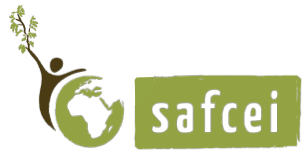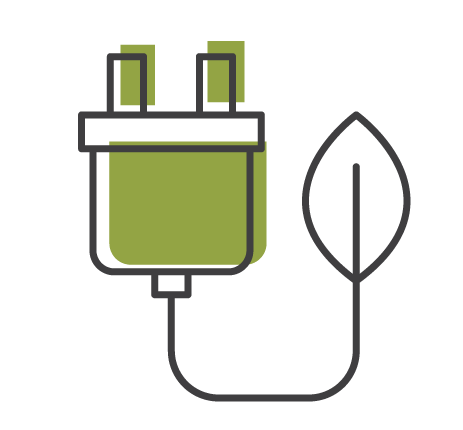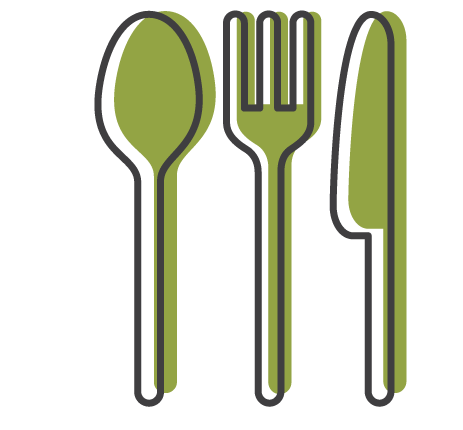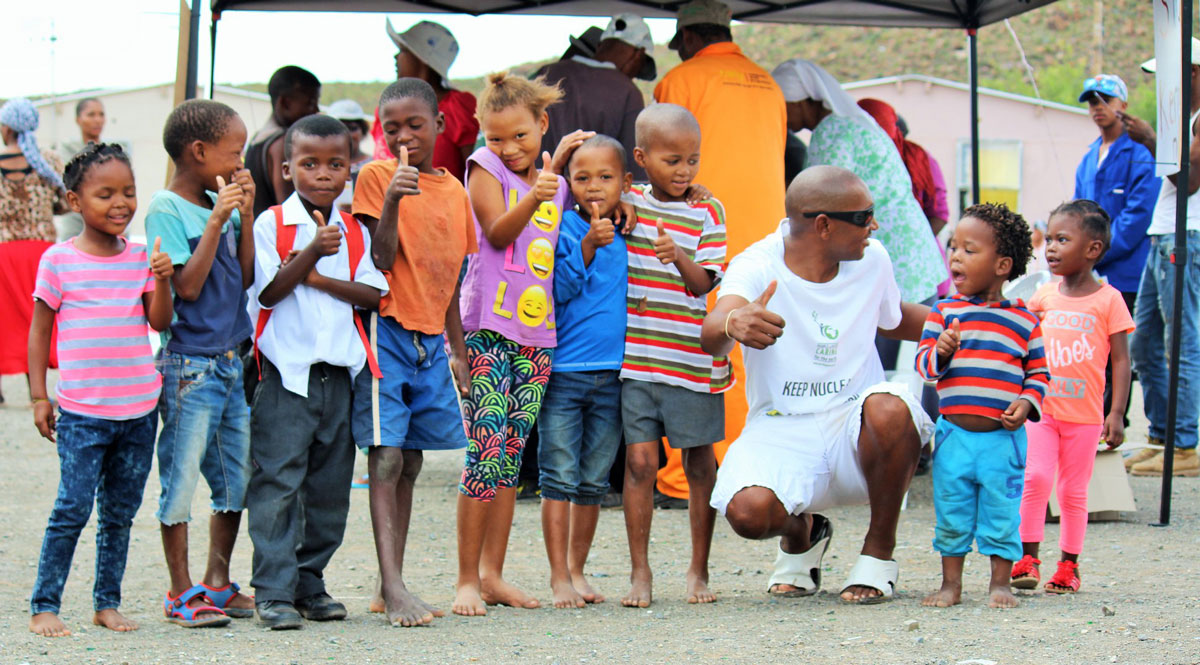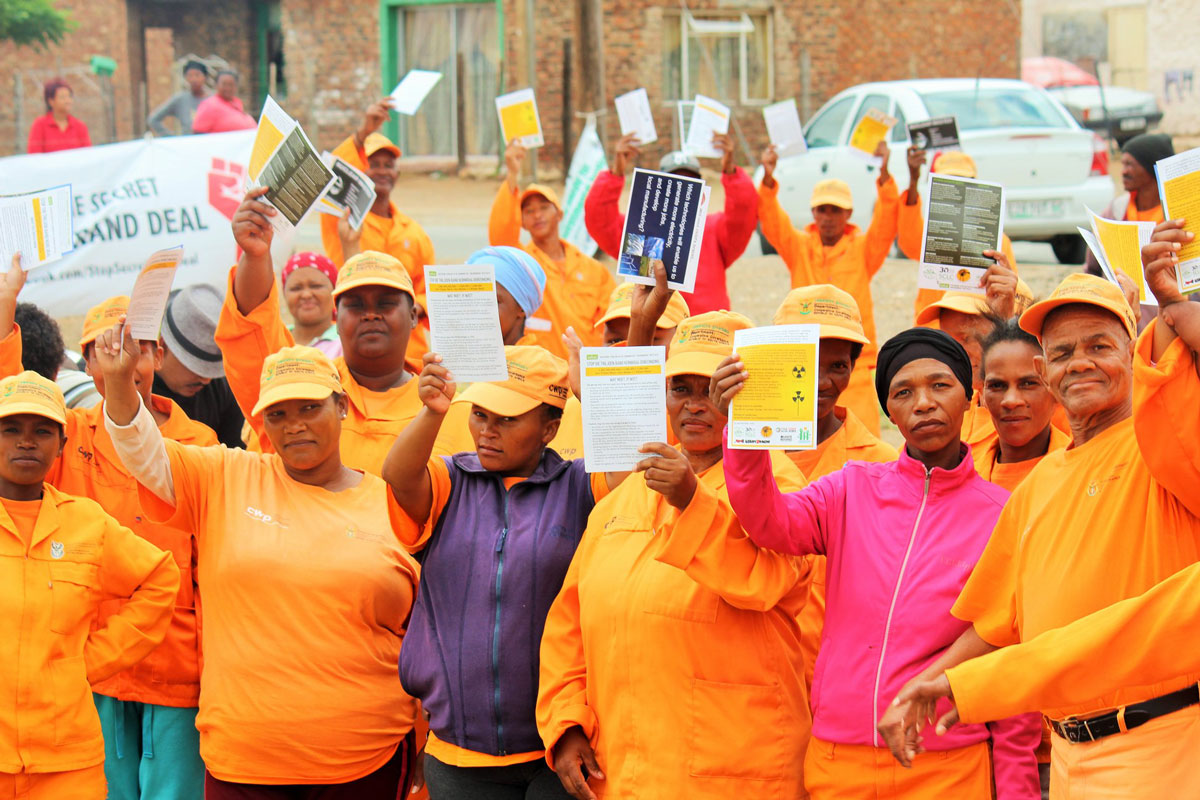Protect the Karoo from Uranium Mining
The debate around nuclear power often focuses on how it was being procured in secrecy, the high price of proposed nuclear reactors, and the lack of a solution for nuclear waste. But we hear little about what comes before nuclear energy: uranium mining.

